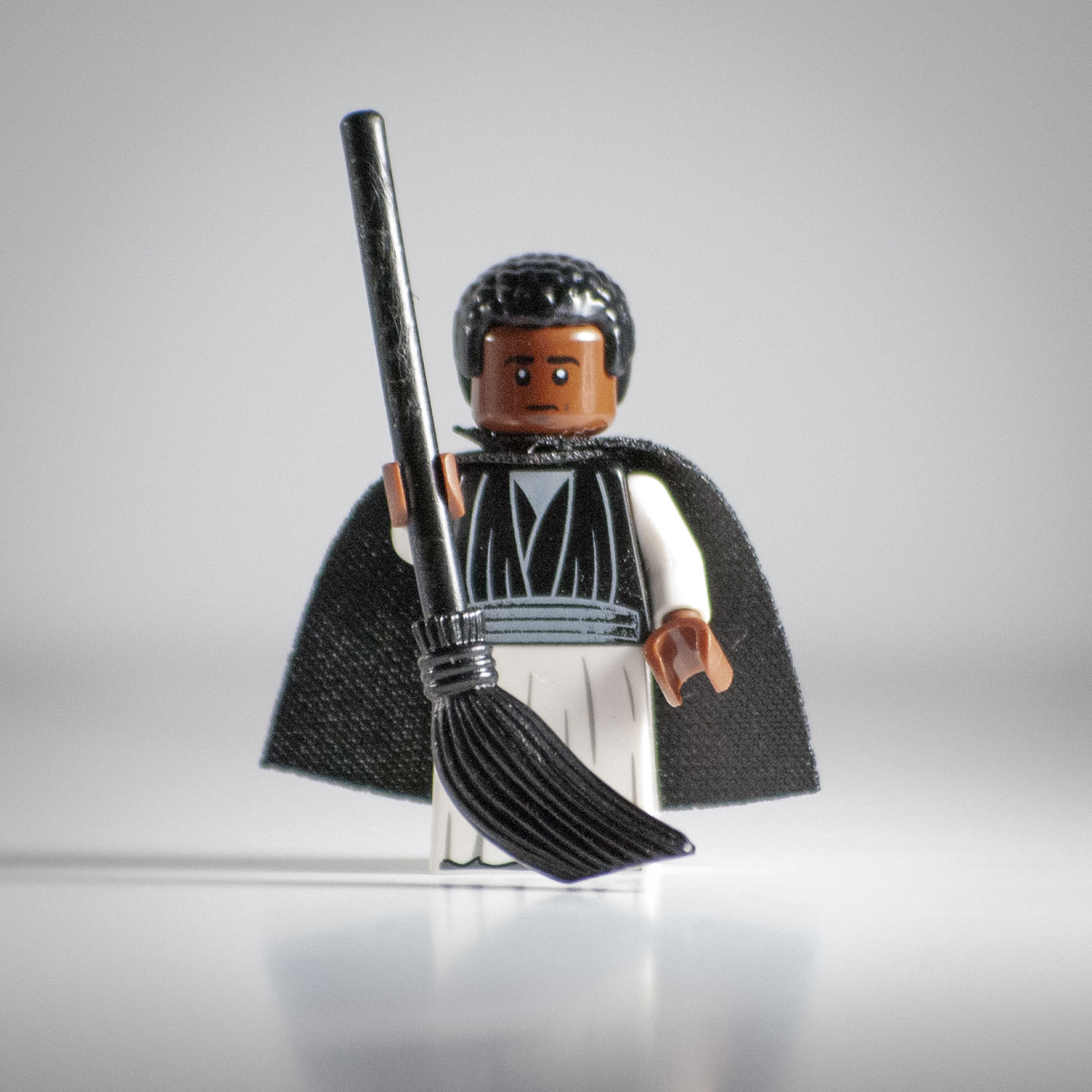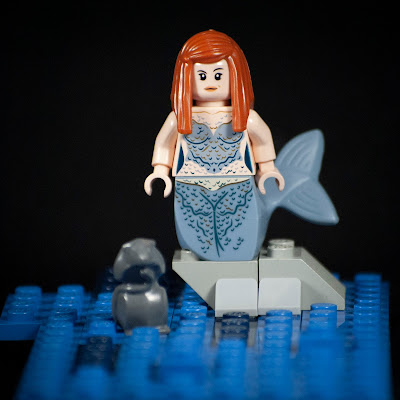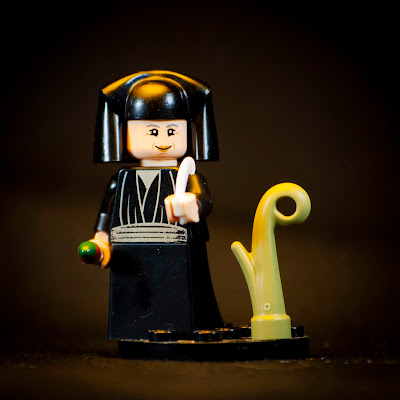St. Martin de Porres
St. Martin de Porres shows that the holiest of people can come from the humblest beginnings. Because of the circumstances of his birth, Martin was prevented from ever becoming a priest, but rather than resent his station, he instead embraced his role with humility and generosity.
Lifetime: 1579 to 1639
Region: Lima, Peru
Patronages: Mixed race people; Hair stylists; Public health workers; Poor people
Iconograpy: Broom; Animals coexisting; Scissors
Feast Day: November 3
Region: Lima, Peru
Patronages: Mixed race people; Hair stylists; Public health workers; Poor people
Iconograpy: Broom; Animals coexisting; Scissors
Feast Day: November 3
Martin was the illegitimate son of Spanish nobleman father and a freed slave mother, who herself was of mixed African and Native descent. However, his father left his family when he was young, just after the birth of his sister, leaving them all to live in extreme poverty.
As he grew up, Martin's mother wanted the best for him. She sent him to a primary school, then sent him to apprentice with a barber surgeon (at the time, surgeries were performed by barbers rather than physicians, owing to their expertise with a blade). Martin learned the medical arts, but also began to spend the night hours in prayer.
The laws in the country where Martin lived didn't allow him to become a priest or monk as he desired, so when he was 15 Martin instead volunteered at a monastery, where he did jobs the monks didn't like. As part of this role, he was allowed to live at the monastery and wear a habit.
Martin served his role well for eight years, impressing his superiors with his humility and dedication to his chores. He also continued to practice the arts he had learned prior to the monastery, offering hair cutting and medical services to the brothers and the community, and began performing miraculous cures.
Finally, impressed with Martin, the prior allowed him to take vows and join the monastery as a brother, despite the law of the land. Martin never became a priest, but he was able to join the monks as an equal. However, not all his brothers saw it that way. They made fun of him for his race, and for the fact that his father and mother were never married.
At the convent, Martin was put in charge of distributing the monastery's donations to people in need. However, he always found more people who needed the money than his home had to offer. So he took to begging for more, which he used to feed over 160 people on most days, as well as giving money directly to those in need.
After ten years as a brother, Martin took his final vows. He was assigned to the infirmary because of his skill as a healer and his ability to care for the sick. In this role, Martin was able to heal many, both by mundane means as well as by miracle. He was said to bring about miraculous healing just by offering a glass of water. Martin offered his healing to all equally, without consideration for their station, their parentage, or their race.
One year, an epidemic struck his town, and over 60 friars in the monastery were sick. To slow the spread of the disease, the sick brothers were put in a separate room on a far end of the convent, behind locked doors. He appeared beside them, without ever unlocking the doors, to offer them healing. He also kept bringing sick people in to the convent to heal until the prior stopped him, saying they were out of room to safely keep more sick people. Rather than turn them away, he began bringing them to his sister's house instead.
Martin exhibited many other miraculous signs in his life, including levitation, bilocation, speaking with animals, and knowing things he had no way of knowing. Despite this, he continued his humble tasks of cooking and cleaning throughout his life.
Miracles even came along with Martin's death. Because he had become so well known for his many signs, people came from far away to visit his body. Knowing that he would become a saint, they snipped pieces from his habit as a relic to aid them in their prayers. Three habits' worth of fabric relics were cut off of him, yet he remained clothed. The years after his death also saw many miracles attributed to Martin.
Despite the many people who prayed for his intercession, and the miracles they often received, it took over 300 years before Martin was finally fully canonized in 1962, making him the first black saint in the Americas to be canonized.






